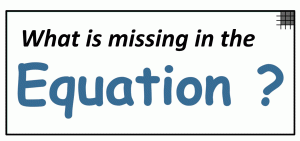![]() I do like to capture thoughts within Mind Maps. I am never sure if they work for others as the map maker does see things in his or her own way. In the end, it is seeing the other person getting it, that light bulb moment.
I do like to capture thoughts within Mind Maps. I am never sure if they work for others as the map maker does see things in his or her own way. In the end, it is seeing the other person getting it, that light bulb moment.
I have a group of Ecosystem Mind maps but I thought I’d share this one here to trigger further the thinking that needs to go into building an Innovation Ecosystem. Does it work for you? To be honest I am not sure if it conveys as much as I would like, to reflect on differences when you come to working in innovation ecosystem designs .
To get groups to think more openly about considering innovation in a more ecosystem approach to design and interaction I like to often refer to my mind maps to trigger discussions.
Sometimes it is mine, and mine alone, and I simply talk around it without showing the map, other times I show the map. The problem when you show maps, everyone works through it in their own unique way, however hard you try to get them to work through it in the way you want them too.
I have found mind maps are increasingly highly personal and it can take twice as long to explain something when you show the map to someone else. I think to put the mind map into a powerpoint “stages” it accordingly but it takes away the total map effect.
The key for me in the map shown below is to view considerations differently when you are thinking innovation ecosystems. There are your strategic considerations, there are tactical considerations and then there are value building considerations.





